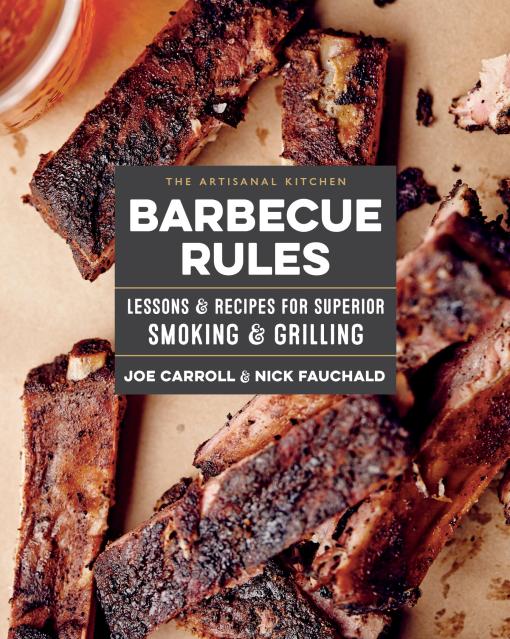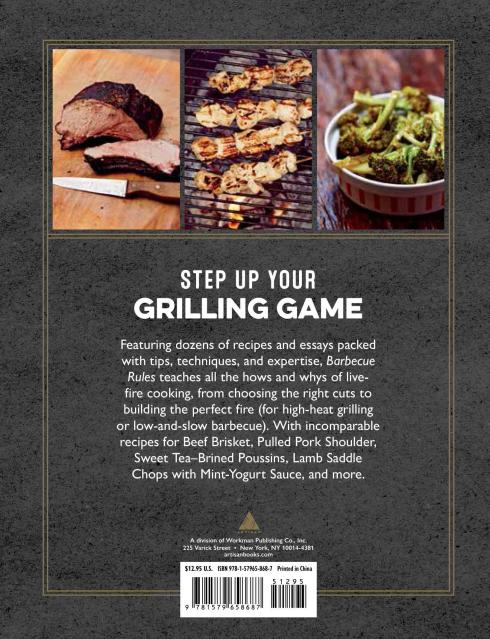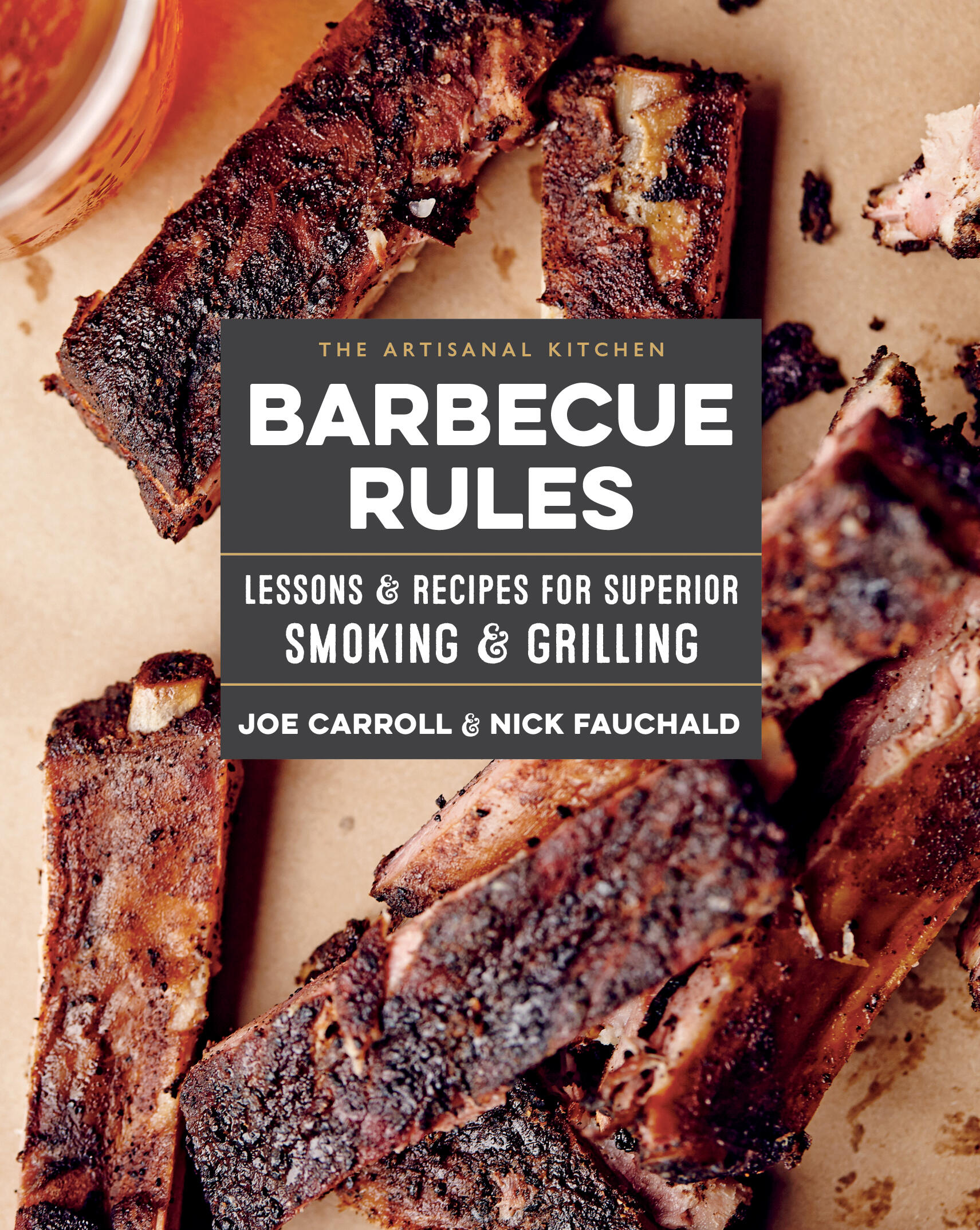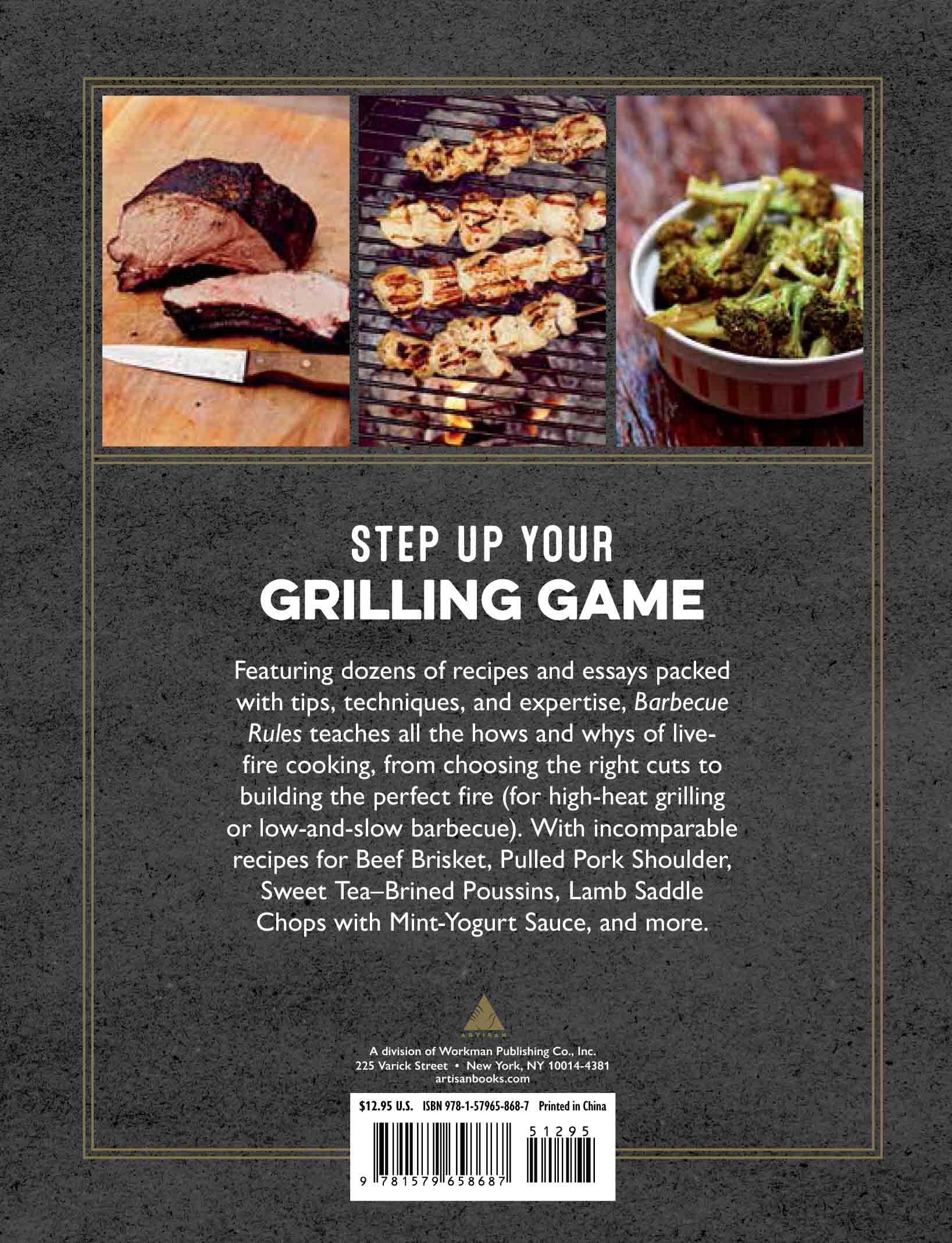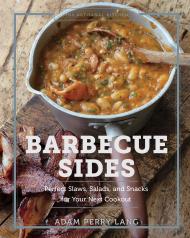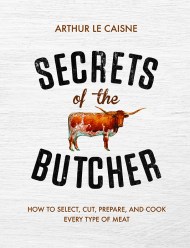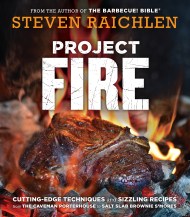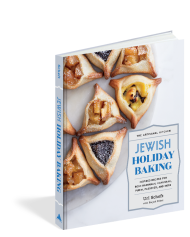Promotion
Use code MOM24 for 20% off site wide + free shipping over $45
The Artisanal Kitchen: Barbecue Rules
Lessons and Recipes for Superior Smoking and Grilling
Contributors
By Joe Carroll
By Nick Fauchald
Formats and Prices
Price
$13.00Price
$17.00 CADFormat
Format:
- Hardcover $13.00 $17.00 CAD
- ebook $9.99 $12.99 CAD
This item is a preorder. Your payment method will be charged immediately, and the product is expected to ship on or around March 5, 2019. This date is subject to change due to shipping delays beyond our control.
Also available from:
Great barbecue and grilled meats are at the heart of summer cooking, and in this book from barbecue expert Joe Carroll, fire-cooked foods are approachable and downright delicious. With more than 30 mouthwatering recipes and six informational essays in this handy book—adapted from Carroll’s Feeding the Fire—he proves that you don’t need fancy equipment or long-held regional traditions to make succulent barbecue and grilled meats at home. Barbecue Rules teaches the hows and whys of live-fire cooking: how to roast a pork loin (and what cut to ask your butcher for), how to create low and slow heat, why quality meat matters, and how to make the best sides to accompany the main event (the key is to keep it simple). With recipes for classics like Beef Brisket and Pulled Pork Shoulder and more adventurous flavors like Sweet Tea–Brined Poussins and Lamb Saddle Chops with Mint-Yogurt Sauce, there are recipes for every palate and outdoor occasion.
Genre:
- On Sale
- Mar 5, 2019
- Page Count
- 112 pages
- Publisher
- Artisan
- ISBN-13
- 9781579658687
Newsletter Signup
By clicking ‘Sign Up,’ I acknowledge that I have read and agree to Hachette Book Group’s Privacy Policy and Terms of Use
